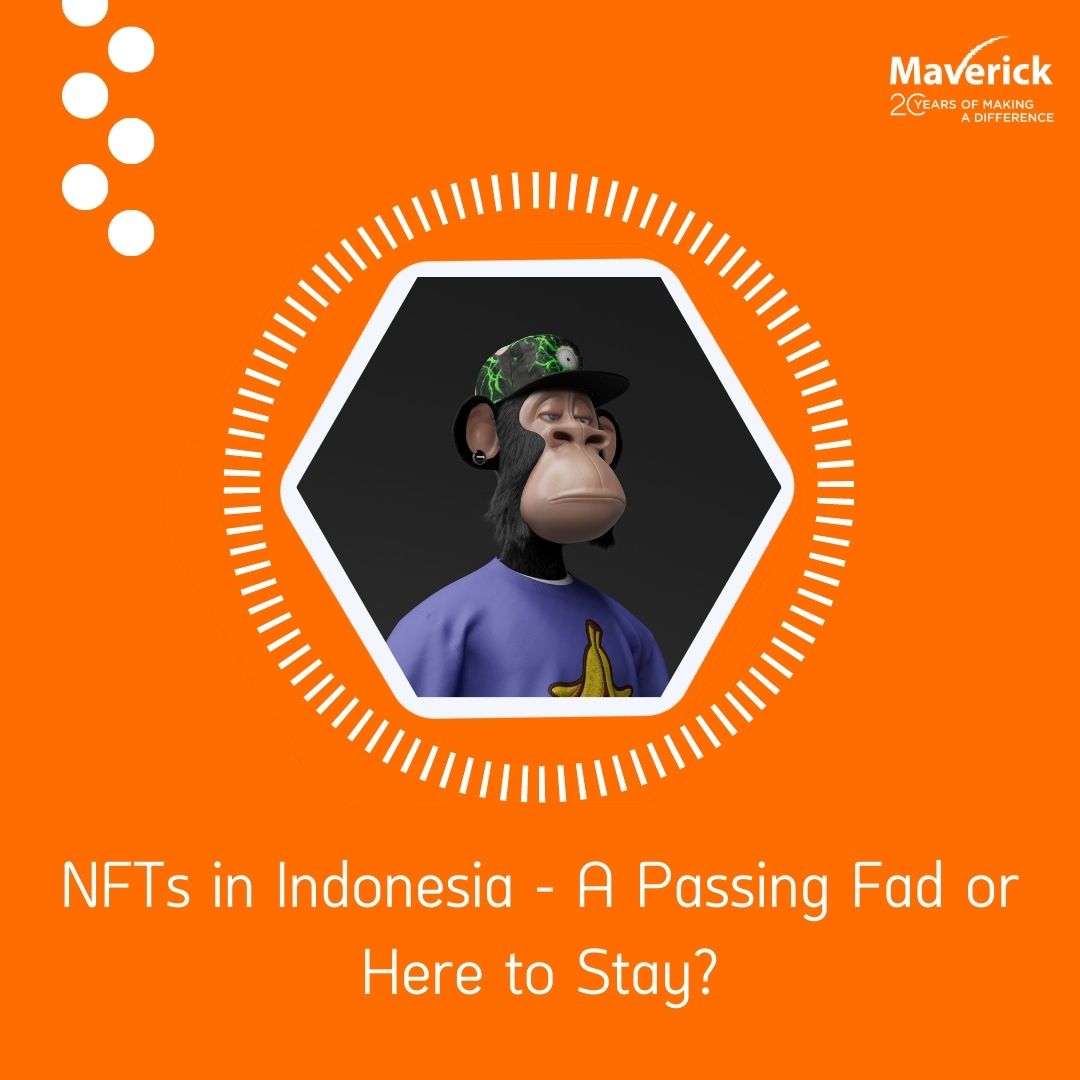Right now, NFTs are the talk of the town and on social media. These Non Fungible Tokens which are essentially JPEGs, are fetching exorbitant prices. Some say that this is the gateway for a new digital age, but that still remains to be seen.
So what are NFTs? There are many explanations around NFTs, but the simple way of understanding NFTs is that they are proof of ownership. It is a unit of data stored within a digital ledger, or a blockchain, which can be sold or traded. It’s basically the equivalent of having a certificate, but instead it exists inside a blockchain.
Now, these NFT images that are floating online are artworks from artists across the world. They are part of exclusive collections that can be seen as investments, hence the exorbitant price tags for some of them. They are built by anonymous artists and reinforced by strong communities that allow them to create a value that is based on their standards.
But NFTs are not as they seem. Contrary to popular belief, they aren’t just overpriced images that’s only function is to be collectible. They are investments in the crypto world, and like any other investments, there is a difference between a good one and a bad one. The mark of a solid NFT project is for it to have a roadmap. It’s essentially a blueprint for the future plans of their project, it can be long term or short term, but the ultimate payoff would be that it can be used as utility items on the internet or even the real world.
Even buying an NFT is not as simple as clicking and transferring an amount of money. People who want to buy a good NFT usually go through certain processes. The first step is getting a “whitelist”, whitelists are proof that you are eligible to buy a certain NFT when it is released. After that is a ”mint”, minting is when you buy an NFT during the initial drop, making you the first owner of an artwork.
This whole process is a way for the creators to select which ones are worthy enough to invest in their project. Ideally, they want dedicated and loyal people that can strengthen their community by actively participating in it. The holders are then rewarded by the creators with numerous perks.
Because NFTs build communities in the process of their launch, this makes them increasingly visible on the internet. The conversations around it branch out to outside the community itself, and now even brands are starting to join in to create NFT projects with creators. Brands like Adidas, and Budweiser are examples of those that are willing to invest in a long-term project.
In Indonesia itself, it has become increasingly popular, with some of our own local projects making it to the world market. Projects like Karafuru, which is a collection of 5000 digital toys with iconic character design, made it to the top of the market on OpenSea, an NFT trading platform. And most notably the Ghozali phenomenon, a story about a young man from Semarang gaining overnight success by having his selfies minted from people across the world. This in turn sparks a lot of conversation on NFTs, people from social media are talking about it and it has become a part of popular culture.
But people see this only as a fad, just a fun way for artists to promote their work, or even an easy way to be rich overnight. What is less known however, is the future potential of NFTs. NFTs are propelled by smart contracts, a smart program that allows it to become a certificate of authenticity without needing the approval of certain institutions.
It is tied to the latest iteration of the internet called Web3, where people can access data anonymously and without the need of large institutions. It is a democratized and decentralized internet that has the potential to help out real world situations. From government policies and administration, to important certificates like land deeds and proof of transaction. All of them are powered by the same technology that is powering NFTs right now.
For now, it may be limited to the trade of artworks, but the potential is virtually limitless. Even big NFT projects like Bored Ape Yacht Club, Sandbox and many others are experimenting with Web3, their roadmaps leading up to future uses inside the crypto based world. In Indonesia, there are visionary figures that are spearheading this movement. From creators and community members, all of them pushing towards this new age of the internet, propelled by the dream of making a decentralized and hopefully fair internet society.
People can easily dismiss it as a fad, but once we get past that conversation, toward utilizing more of the blockchain, it can be the thing to help our lives later on. It may still be 5 or 10 years down the road but even the internet as we know it has humble beginnings. Right now it may only be NFTs as artworks and internet avatars, but in the near future, who knows what’s coming next?
Written by Daffa Naradhipa
